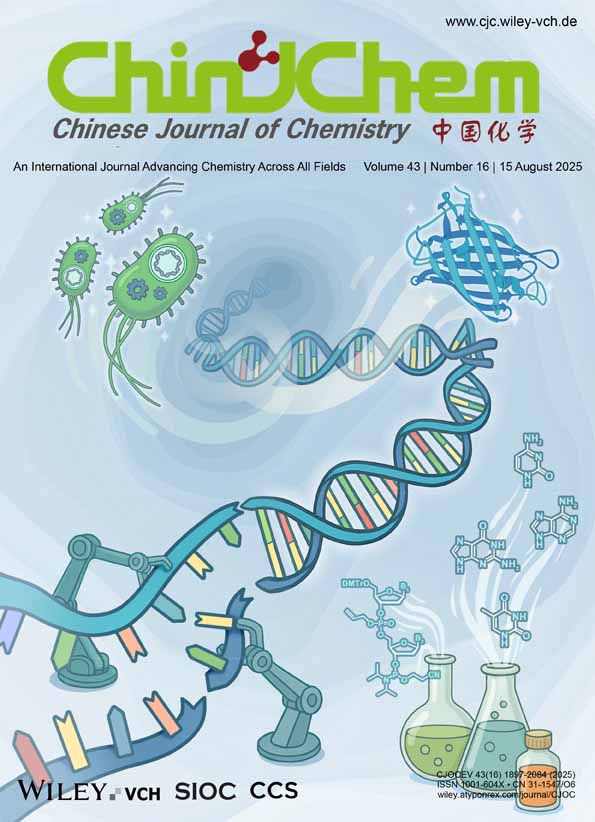Density Functional Theory Study of Red-shifted Hydrogen Bonds of 4-Pyridinemethanol with Water
Abstract
The hydrogen bonds of 1:1 and 1:2 complexes formed between 4-pyridinemethanol and water have been investigated using a density functional theory (DFT) method and 6-311++G∗︁ ∗︁ basis set, and three and eight stable geometries have been obtained for 1:1 and 1:2 complexes, respectively. The interaction energy is −20.536 and −44.256 kJ/mol for the most stable 1:1 and 1:2 complexes, respectively, after the basis set superposition error and zero-point corrections. The formation of OH···N(O) hydrogen bonds makes OH symmetric stretching modes in the complexes red-shifted relative to those of the monomer. The natural bond orbit analysis indicates that the intermolecular charge transfer between 4-pyridinemethanol and water is 0.02642 e and 0.03813 e for the most stable 1:1 and 1:2 complexes, respectively. In addition, TD-B3LYP/6-311++G∗︁ ∗︁ calculations show that formation of water-OH···N and water-OH···OH hydrogen bonds makes maximum absorbance wavelength λmax blue-shifted 8–16 nm and red-shifted 4–11 nm compared to that of 4-pyridinemethanol monomer molecule, respectively.




